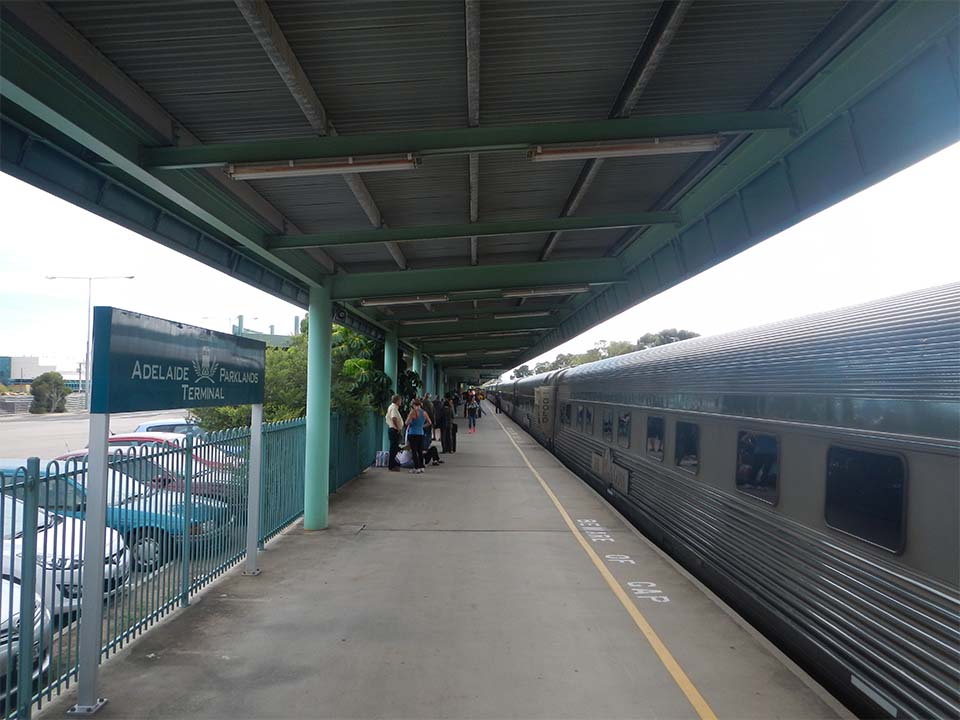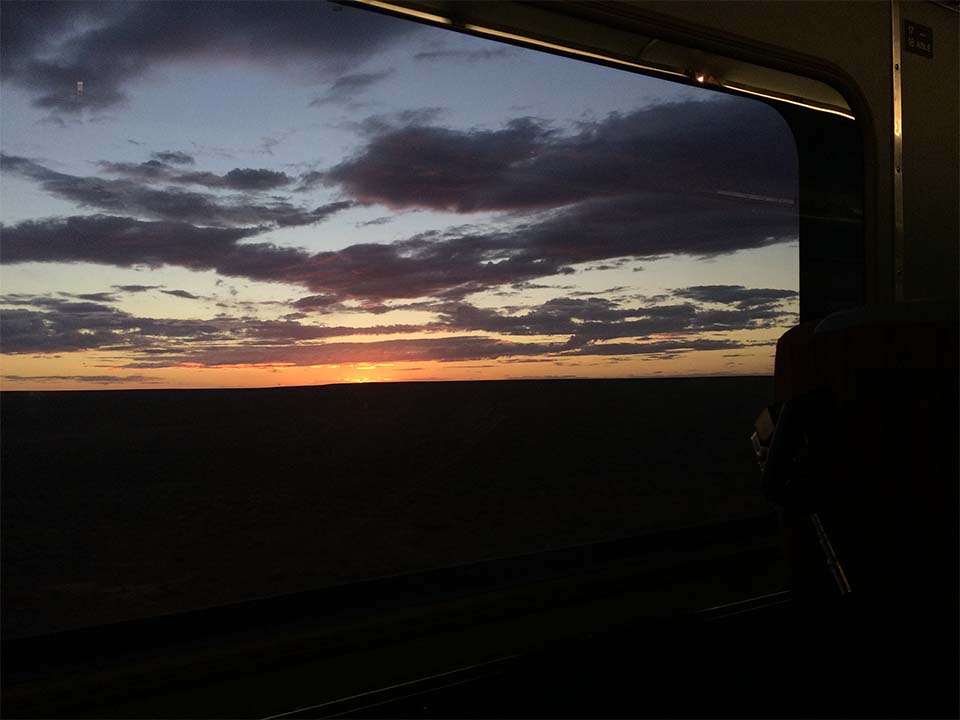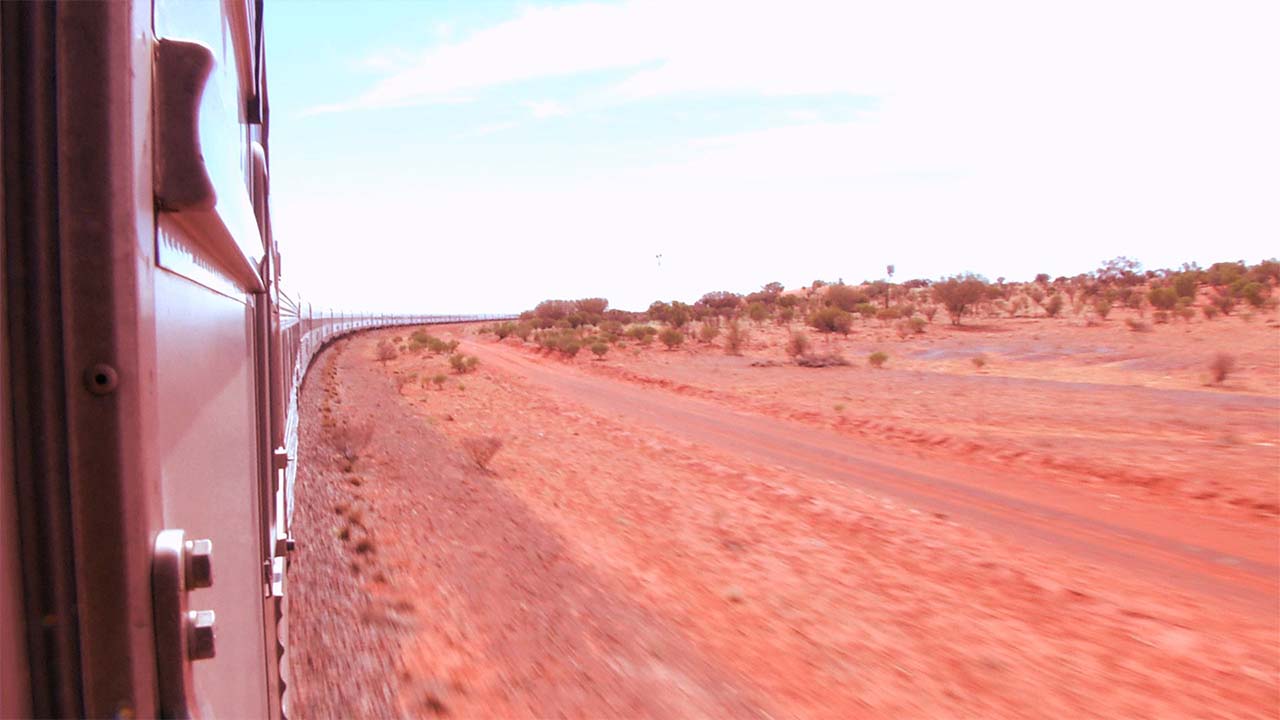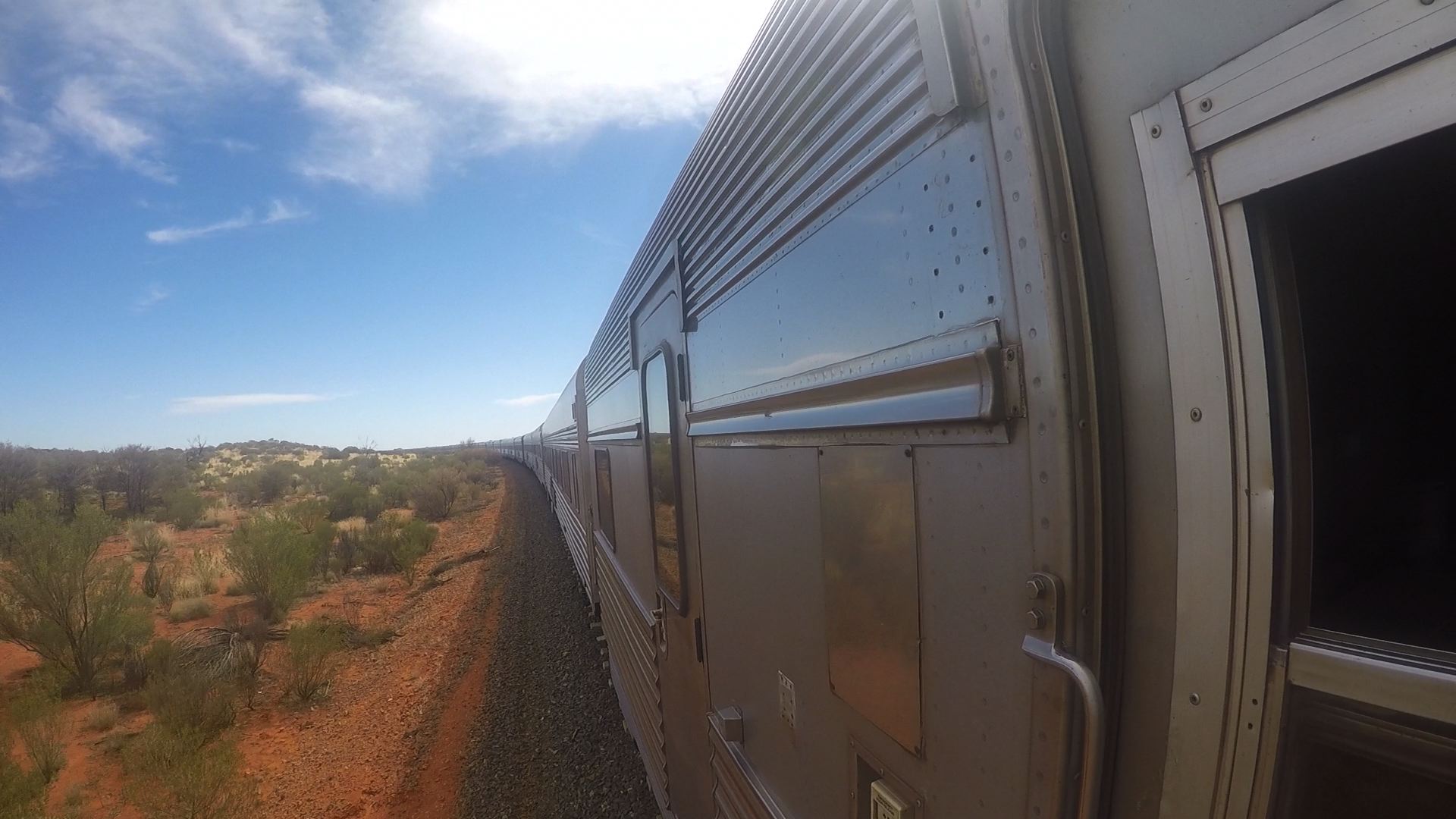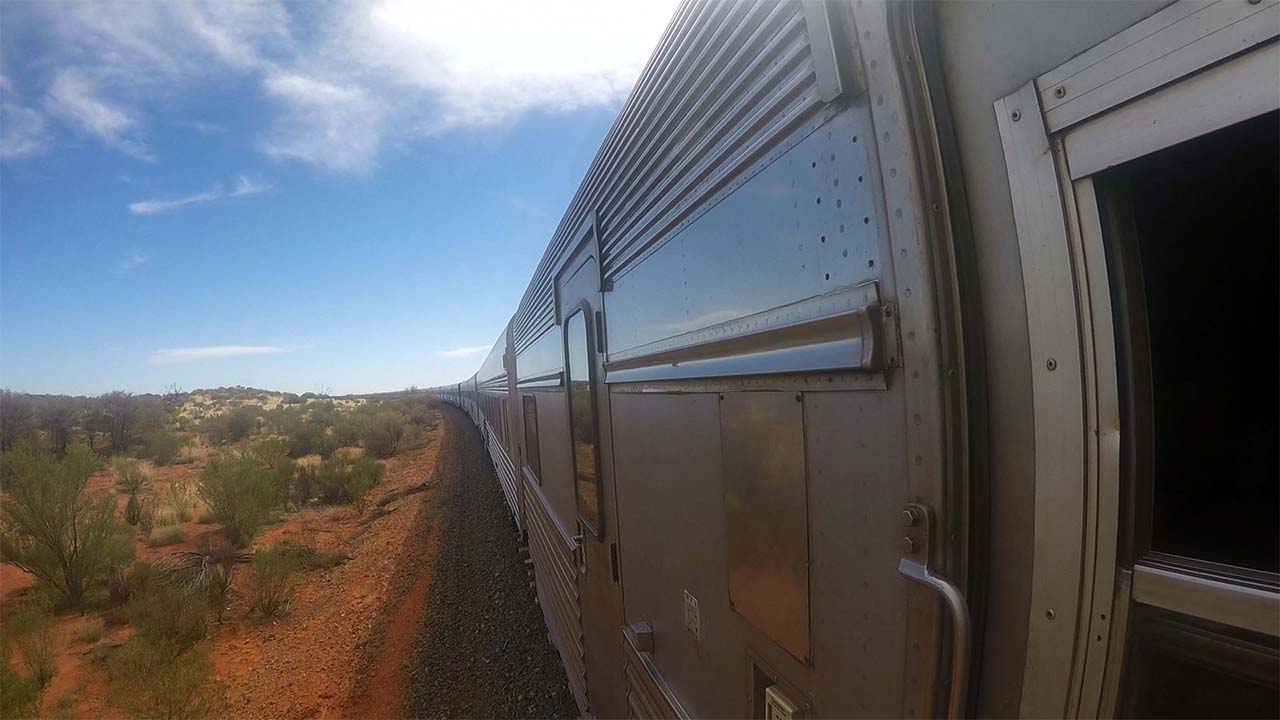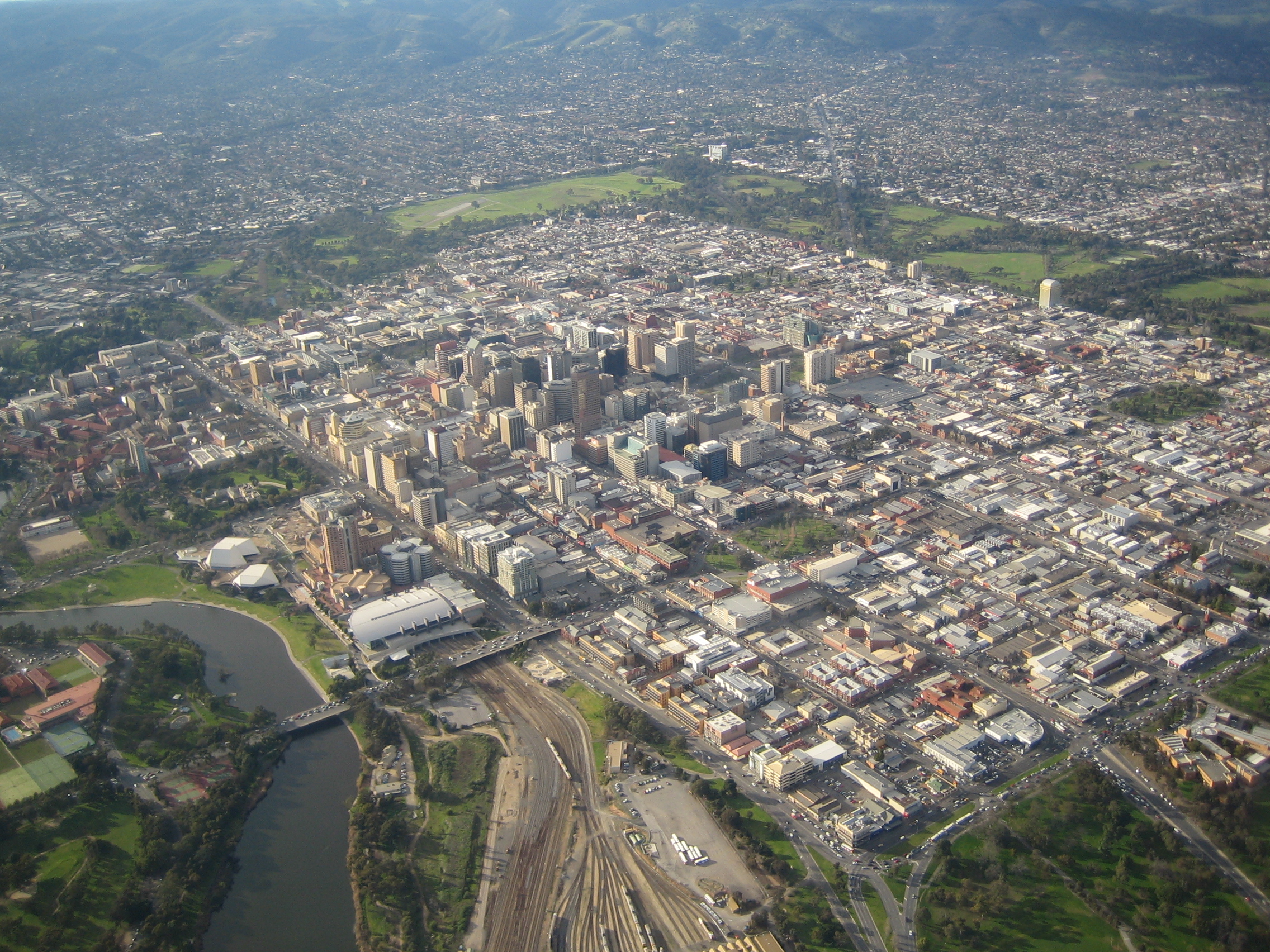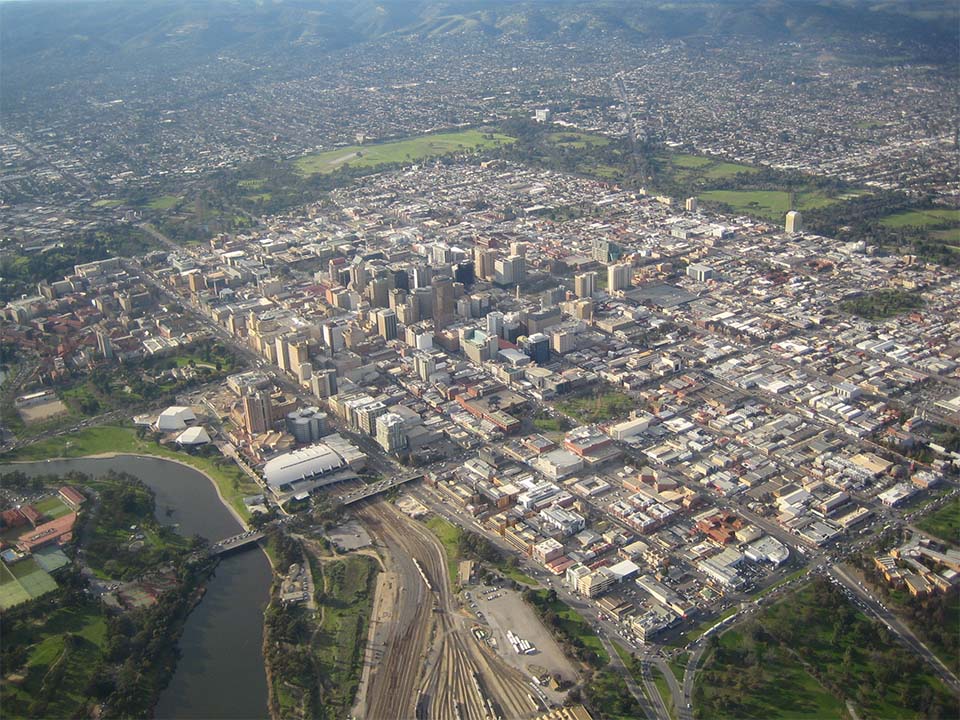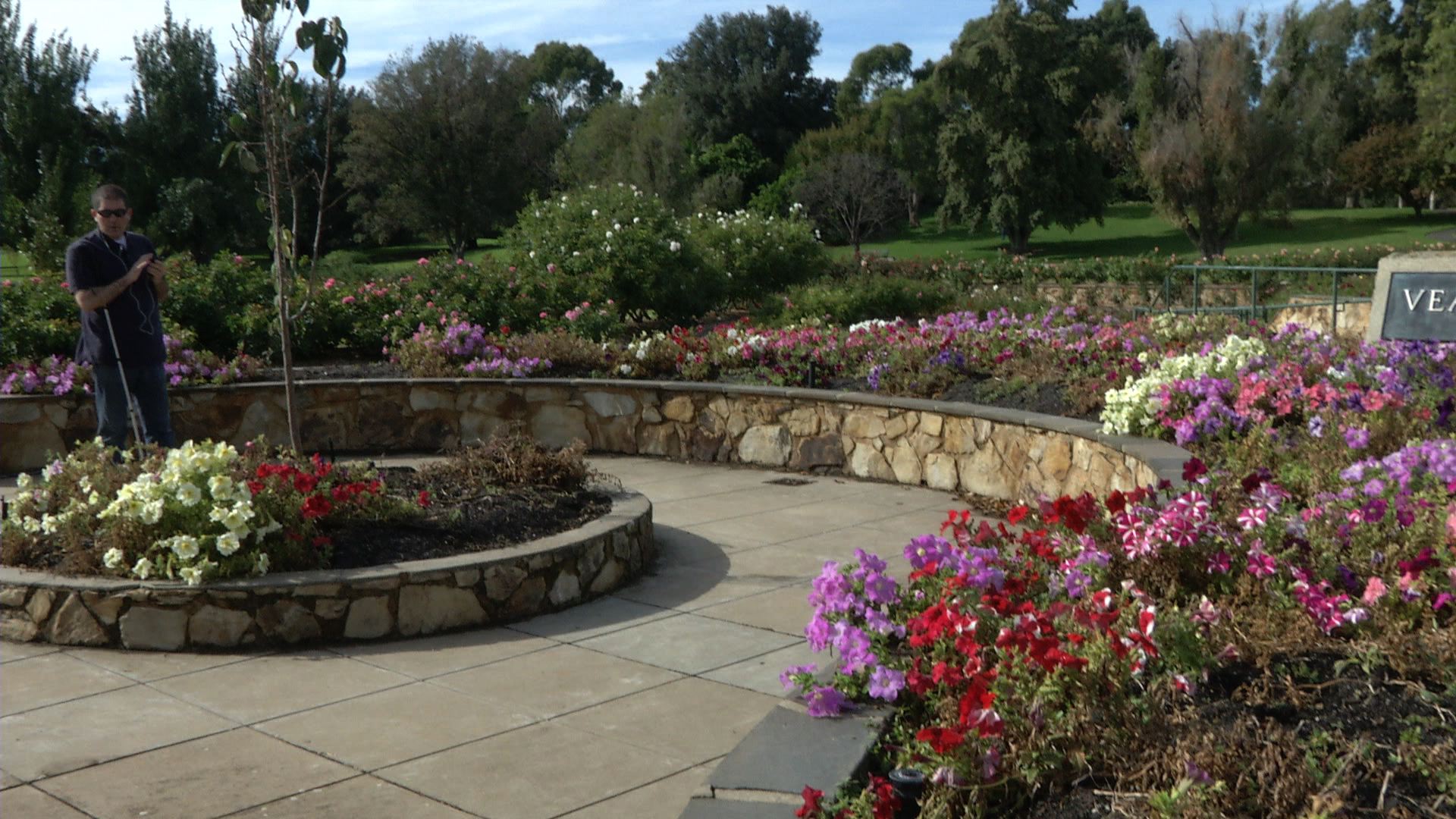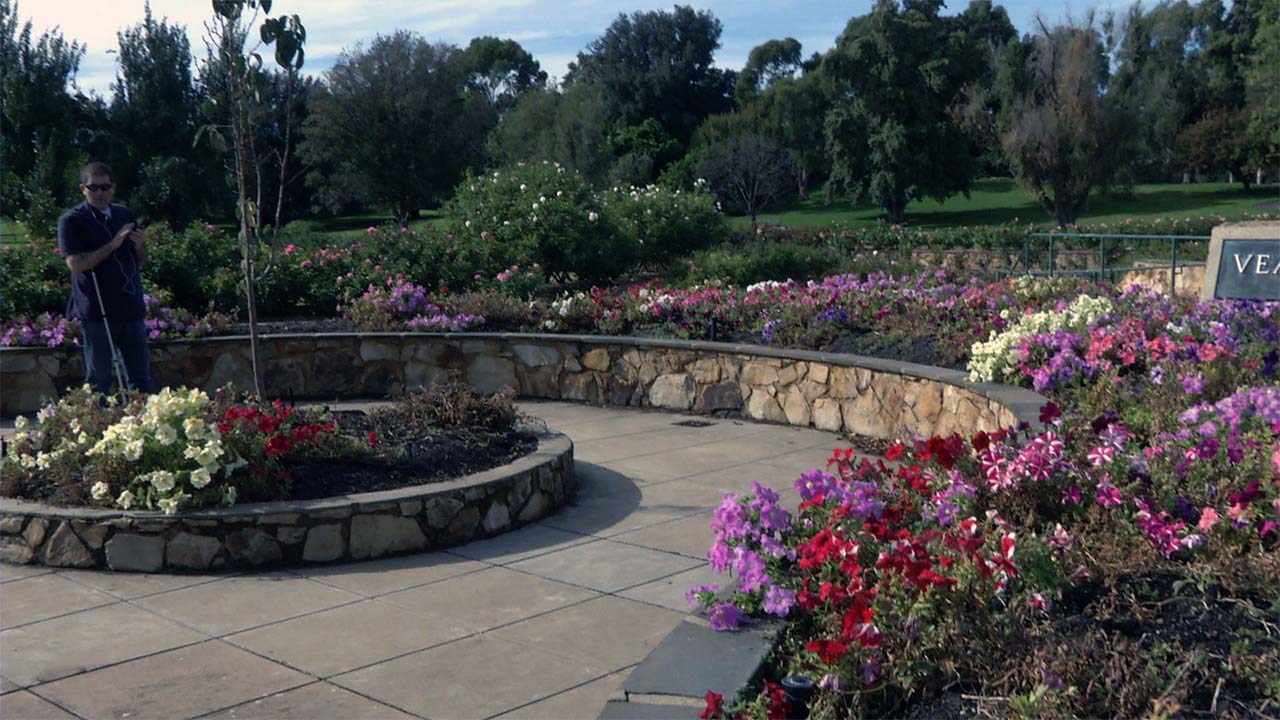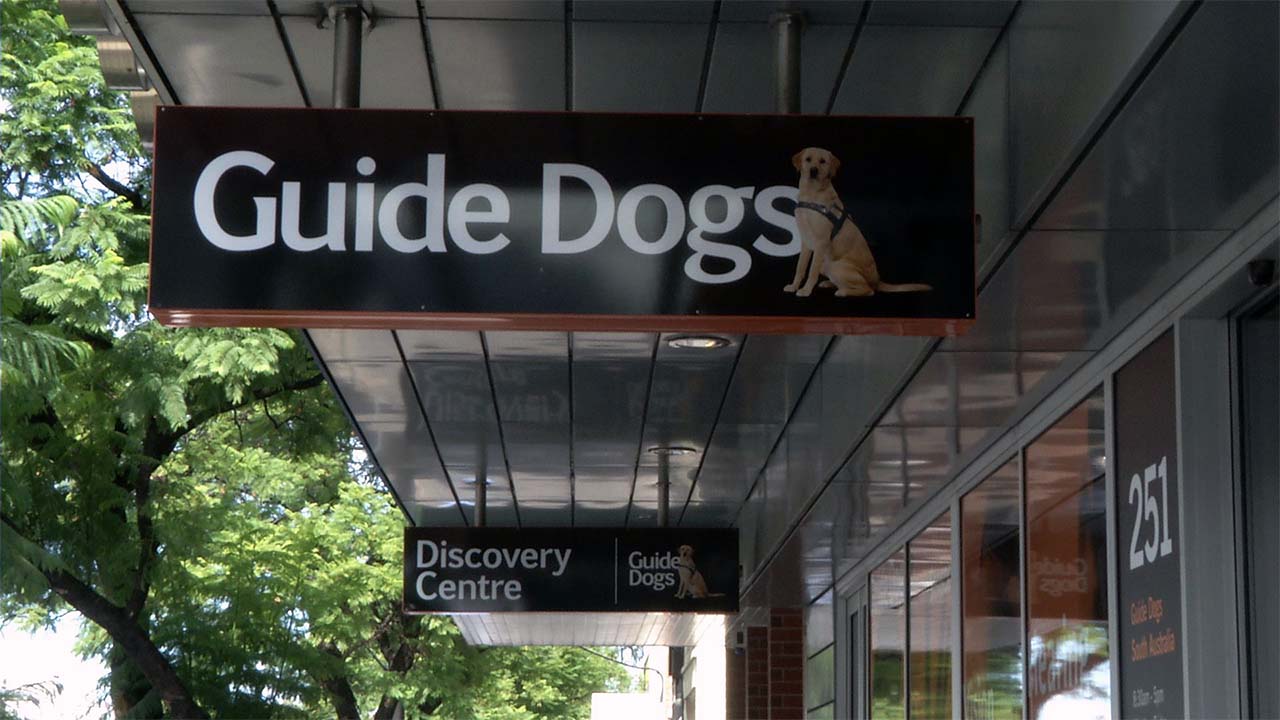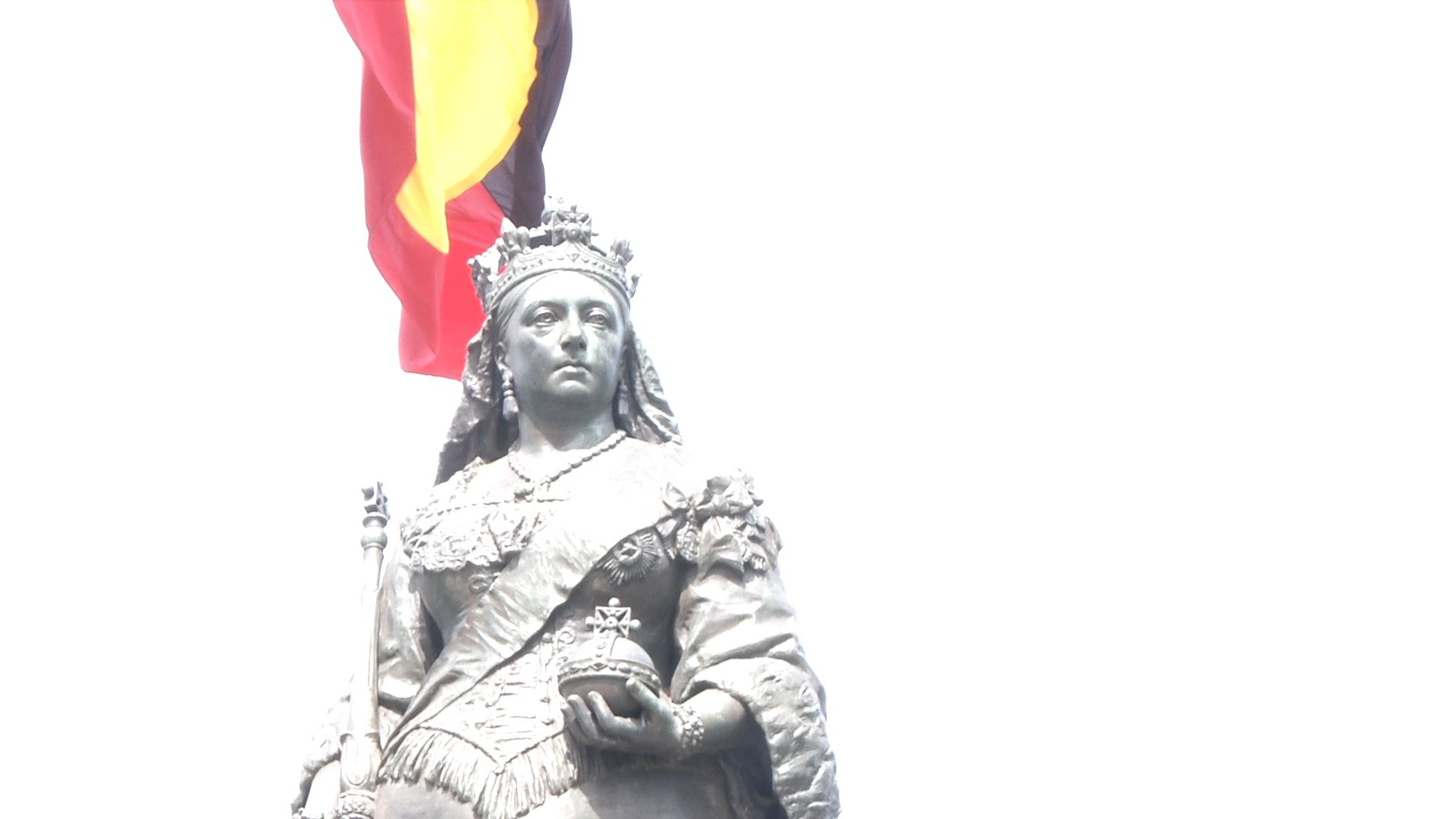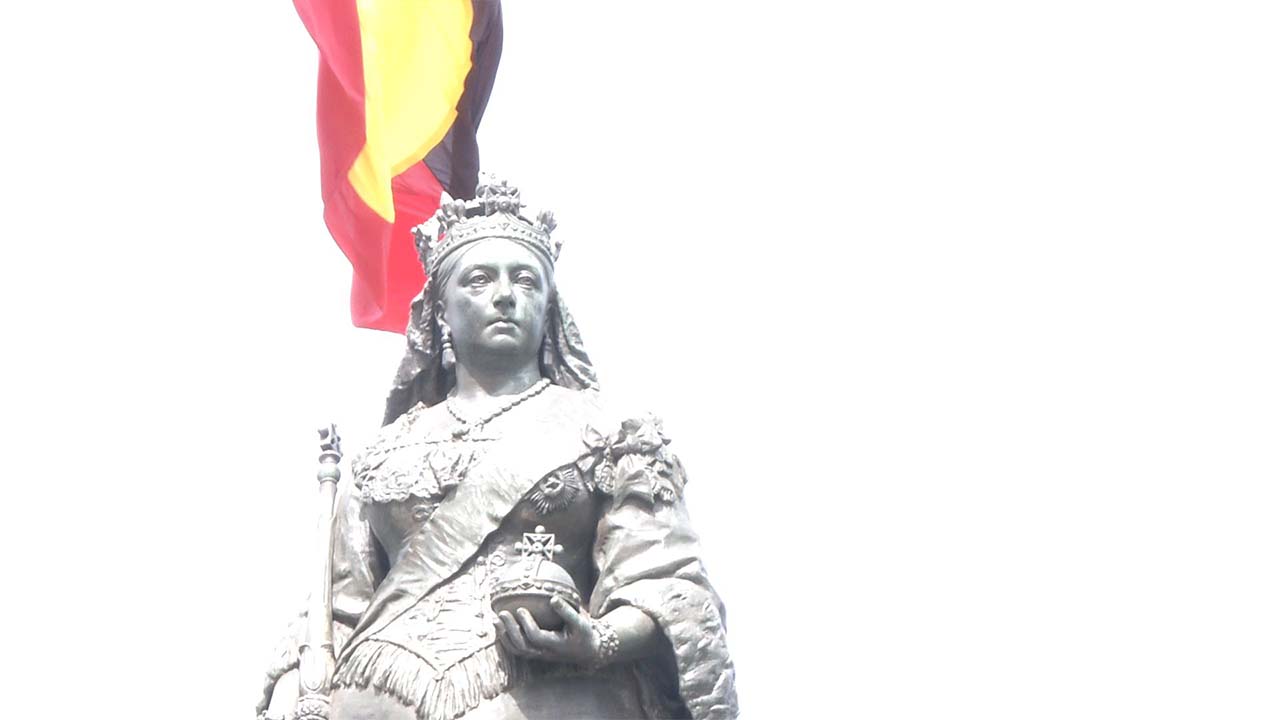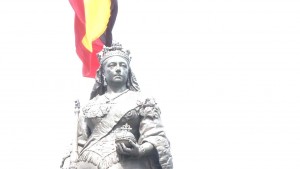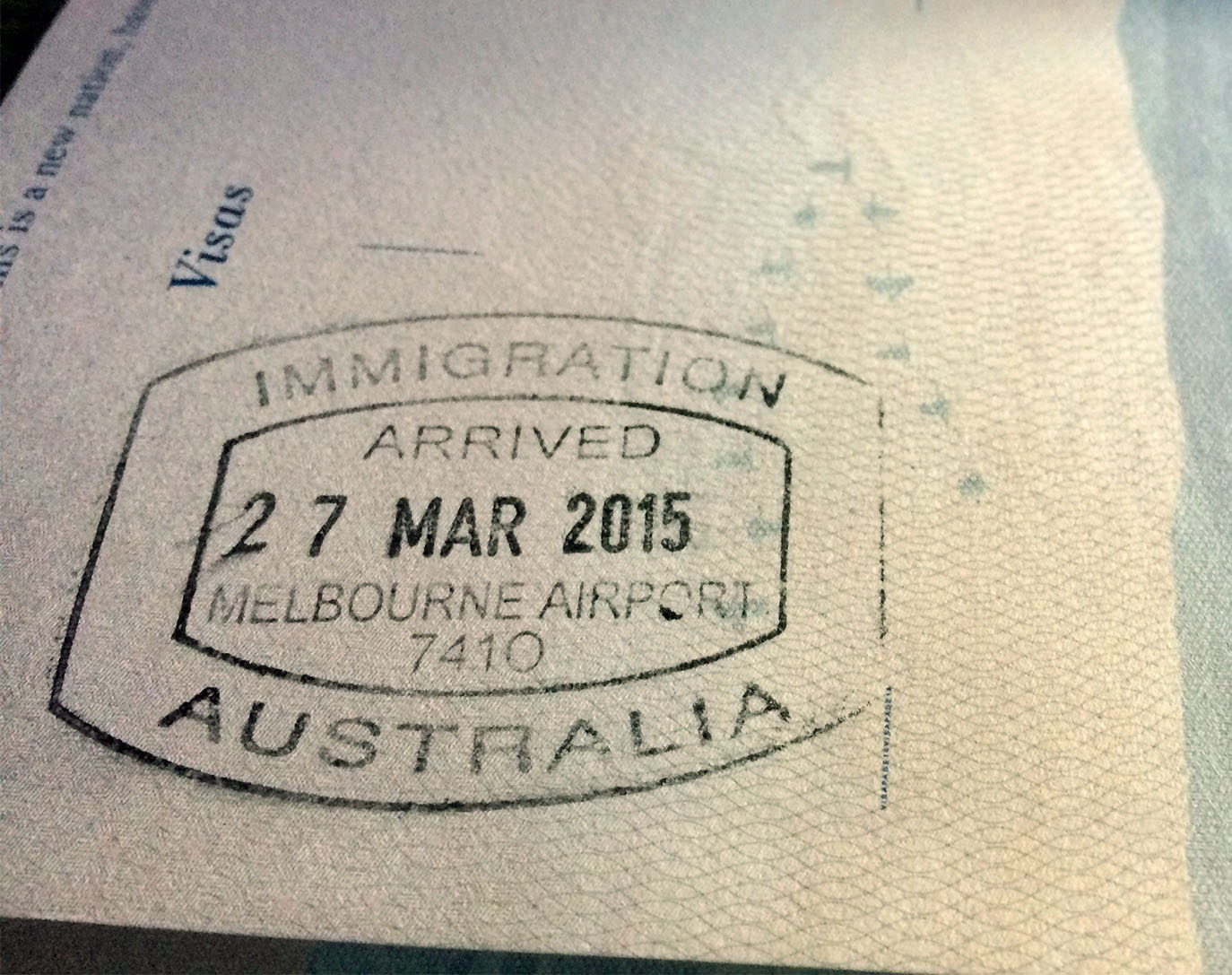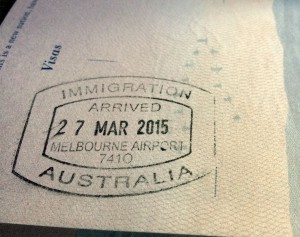When writing about our travels and experiences on our way to visit the Red Centre of Australia, I’ve referred to our arrival in our jumping off point of Adelaide as a soft landing, at least in reference to the beginning of production for the documentary. As we prepared to depart for the heart of the Red Centre, I can’t say my opinion changed much. For a city of more than a million people, Adelaide seemed surprisingly… cozy. Dropping off the rental car on the way to the train station, we couldn’t help noticing that the car had remained parked at the hotel for almost the entirety of our stay. Between the public trams and the easily accessible markets and commercial areas, most of the essentials for the itinerant traveler are well within reach. I can’t say with complete authority a car is unnecessary for an extended stay, but for what was essentially a layover, a repeat trip would have us forego the rental car.
With that, the heart of the trip was looming. This was the onset of what The Palette Project is all about – exploring the world through color – and the Great Southern Rail was getting us there. We had reserved overnight seats on the Ghan – the north/south rail line from Continue reading “Entering the Red Centre: Beyond Color”
